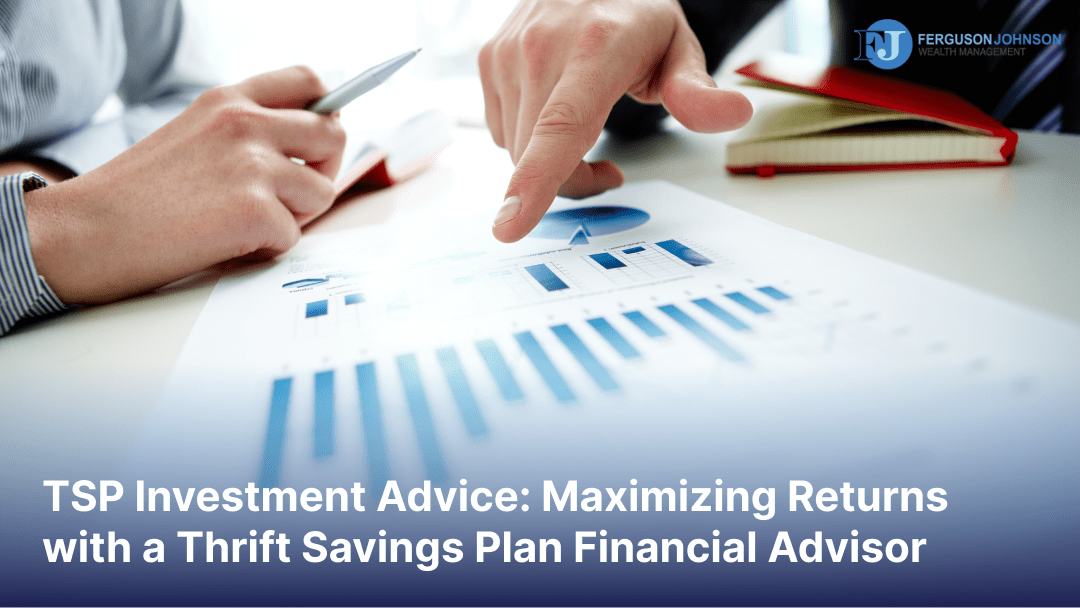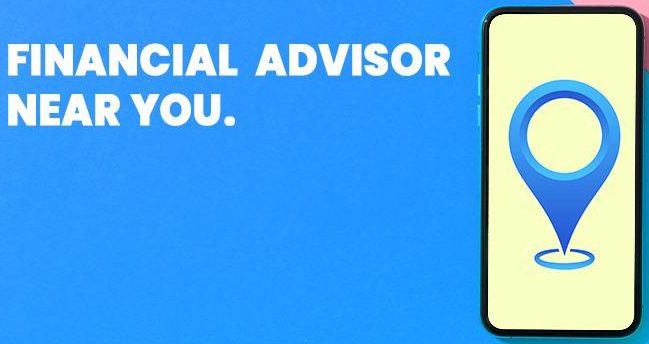
Category: Financial Planning


What is a Thrift Savings Plan? A retirement plan is an integral part of long-term financial stability, as it allows you to set aside a portion of your income to grow gradually over time. A government employee Thrift Savings Plan, more commonly referred to as a TSP, is a retirement and investment plan, similar to […]

They say money makes the world go around, and in this case, they’re right. Try as we might, we simply can’t live without it—and making smart decisions about money is critical, especially when dealing with a substantial portfolio. This is where wealth management comes in. Understanding the Importance of Wealth Management Wealth management is a […]

What Is a 401(k)? A 401(k) is an employer-provided retirement savings plan offering tax benefits to encourage long-term investment and savings for retirement. The plans are typically included in employee benefit packages. Benefits of a 401(k) One of the primary benefits of a 401(k) is the tax advantages offered. With a 401(k), your savings grow […]

Employee-Established Retirement Vehicles For business owners, retirement planning can be challenging, but don’t worry, we’ll break it down into manageable pieces. Individual Retirement Account (IRA) Think of an IRA as your personal retirement piggy bank. There are two main types: Traditional IRA: With a Traditional IRA, you contribute pre-tax income and then pay taxes […]

Filing taxes is something we dread and fear each year, but with a little planning, taxes become less expensive and less bothersome. Tax planning not only aims to help save a bit of money, but also is important to avoid penalties, organize their documents, and prepare for the future. Failing to plan for taxes, conversely, […]

When it comes to choosing a financial advisory firm, a well-thought-out and systematic approach is crucial. A financial advisor providing guidance for financial planning in your state should be well-versed in the laws, regulations, and practices related to these areas. Before searching for a financial advisor, it’s important to have a clear understanding of what […]

By Jon Powell, CFP® Do you need financial planning or investment management? To answer that question, you need to have a grasp on your financial goals, and also understand that advisors have different specialities. In this article, we’ll define the differences between financial planning and investment management, as well as detail our process for helping […]
Need A Financial Check Up?

No matter your goal, from saving for retirement to understanding your risk tolerance, working with a financial professional is beneficial for many different reasons. And as one of our valued clients, you understand this! We work with our clients through economic ups and downs, personal changes, and financial goal-setting. Do you know someone who would […]

We’ve been helping clients for decades, and in that time, we’ve seen a few mistakes investors end up making over and over again. From not having a withdrawal strategy in retirement to not seeking professional help with your financial goals, let’s look at the 6 biggest financial mistakes we see—so you don’t commit them yourself. […]
